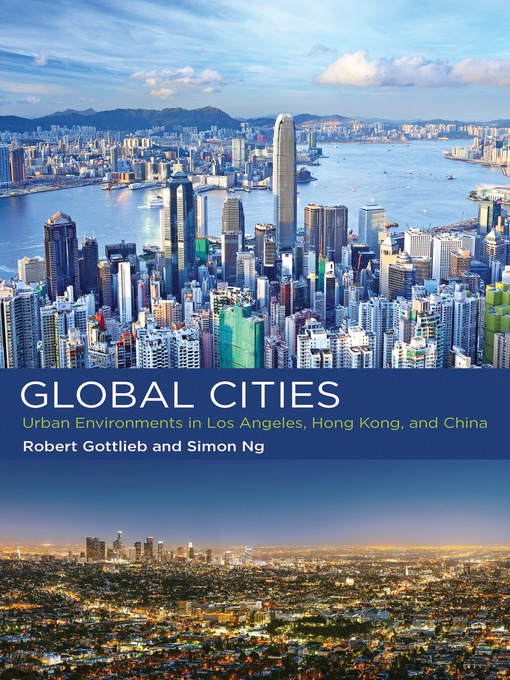
Most of the world's people, however, still live in rural areas. This is partly because improved technology has decreased the need for agricultural workers and partly because cities are seen as offering greater economic opportunities. Throughout the world, the dominant pattern of migration within countries has been from rural to urban areas. In Japan, which is far more densely populated than the U.S., only settlements with 30,000 people or more are considered urban. In the United States, settlements with 2,500 inhabitants or more are defined as urban. But in developed countries with large populations, such as Japan, the difference is becoming less clear.

Usually, the difference between a rural area and an urban area is clear. Rural areas, often called "the country," have low population density and large amounts of undeveloped land. Rural areas are the opposite of urban areas. In the United States, the urban areas of Boston, Massachusetts, eventually spread as far south as Washington, D.C., creating the megalopolis of BosWash, or the Northeast Corridor. When two or more metropolitan areas grow until they combine, the result may be known as a megalopolis. Many urban areas are called metropolitan areas, or "greater," as in Greater New York or Greater London. An urban area includes the city itself, as well as the surrounding areas.

"Urban area" can refer to towns, cities, and suburbs. Urban areas are very developed, meaning there is a density of human structures, such as houses, commercial buildings, roads, bridges, and railways. Most inhabitants of urban areas have non-agricultural jobs. An urban area is the region surrounding a city.


 0 kommentar(er)
0 kommentar(er)
